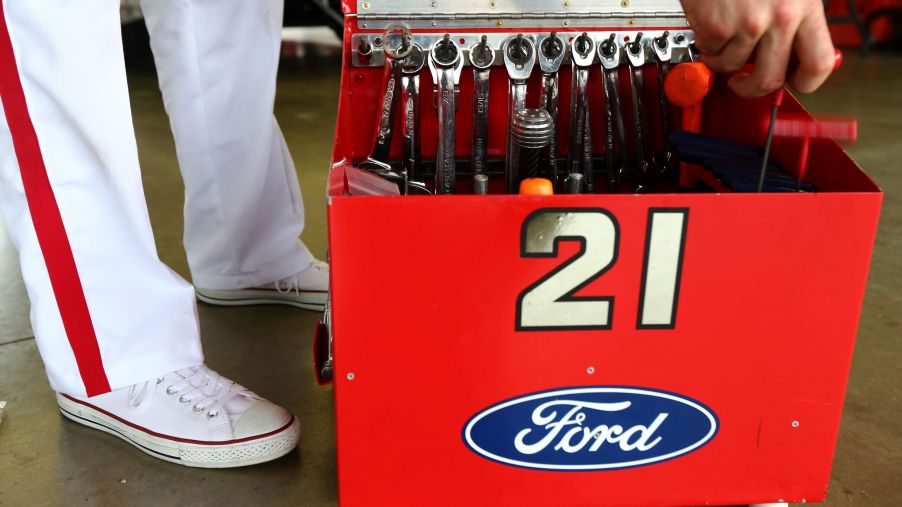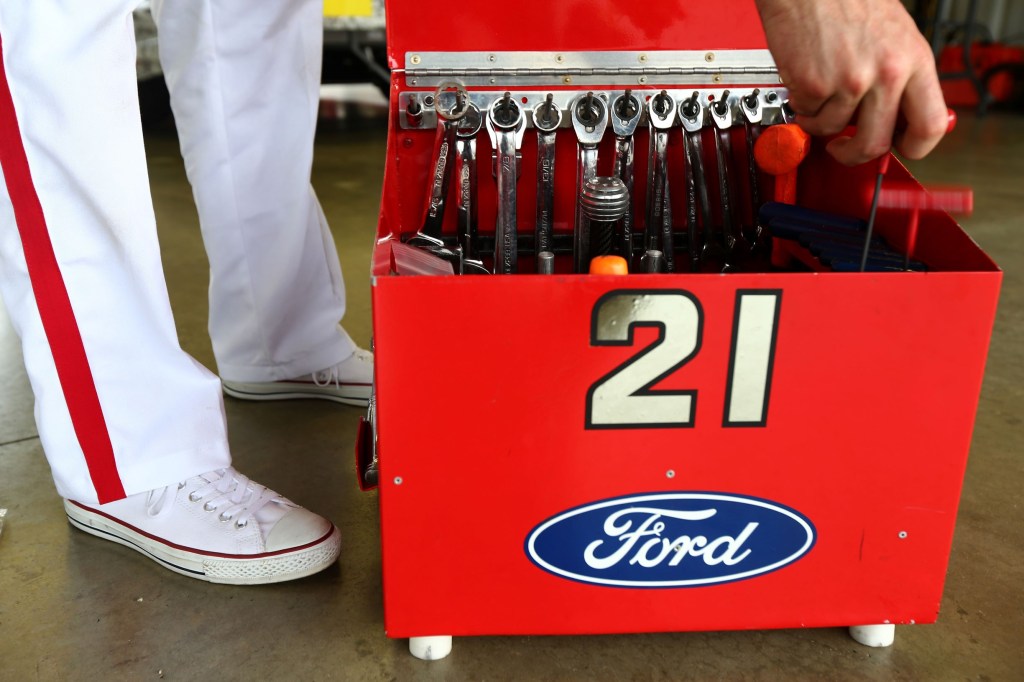
What Tools Do You Need in Your Maintenance Toolbox?
Whether you’re working on a car or a motorcycle, proper maintenance or repair work requires the right tools. However, even tasks like replacing a water pump or a clutch don’t require filling your toolbox with specialist equipment. Nevertheless, setting up your first toolbox can understandably be a little intimidating. But with the guide below, you’ll be on your way to well-equipped wrenching.
What to consider before filling your toolbox

Before you start assembling your toolbox, there are a few things to keep in mind.
Firstly, know your budget and space limitations. You don’t always need the most expensive car or motorcycle tool on the market. But even if you buy inexpensive ones, if you buy a lot of them, that still requires a significant investment. And once you bought them, is there enough room in the toolbox to put them? Though admittedly, some car and motorcycle tools are also useful in emergency roadside kits.
Secondly, try to figure out what kind of maintenance tasks you’ll be reaching into your toolbox to accomplish. Although many tools are universal, some projects require task-specific ones. For example, rebuilding your car’s suspension demands a ball-joint press tool, Hagerty explains. If you do these tasks infrequently, there’s no need to buy that specific tool. Instead, you can rent it from your local auto parts store.
If you’re unsure as to which tools you’ll be using often, there is still a way to fill your toolbox on a budget. Buy several cheap tools, and use them until they break. Then, invest in higher-quality, stronger ones. If the original inexpensive ones never break, then congratulations, you bought useful tools without spending a lot of money. And while it means buying some tools twice, you’ll know exactly what the most important ones are.
Hand-operated car tools
When we say ‘hand-operated car tools,’ we don’t just mean screwdrivers and wrenches, although both are vital toolbox components. In the case of screwdrivers, most sets include flat-head (slot), square-head, and Phillips (cross) ones. But make sure to get at least one extra-long screwdriver.
Floor jacks and jack stands are also essential. However, before you buy them, make sure you know roughly how much your car weighs. After all, you’ll be relying on them to keep it in the air as you crawl underneath. When in doubt, over-estimate.
For wrenches, be sure to check what kind of screws and bolts your car or motorcycle uses. Specifically, if it uses metric (mm) or imperial (inches). Luckily, most wrench sets are composed of combination wrenches, which have one imperial end and one metric end. And some even include a helpful rachet function, Car and Driver reports.
Also, make sure to get at least one adjustable wrench for your toolbox, RideApart reports. Plus, many cars and bikes use hexagonal bolts, which require Allen keys.
Speaking of ratchets, that’s another useful car and motorcycle tool for your toolbox. And ratchets require socket sets in order to work. Many socket sets include both metric and imperial sockets. Also, although you can remove oil filters with dedicated pliers, there are also oil filter ‘wrenches’ that slot into ratchets, The Drive reports.
Other hand-operated car tools include pliers, wire cutters, and hammers, all of which are useful additions to your toolbox. Whether you need to loosen stubborn parts or fit delicate components, these 3 can help. And if you need to back-out a brake piston or hold something securely, vise grips come in handy.
Electric car tools
Although you can get manual ‘stick’ or ‘dial’ tire pressure gauges, the digital ones are more accurate, Autoweek reports. And they’re not necessarily significantly more expensive.
Another helpful electrical toolbox component is a flashlight. True, nowadays you can use your smartphone to provide light. But a dedicated flashlight will be more powerful, and potentially easier to maneuver in tight spaces.
Pricier optional tools
The tools in this section aren’t toolbox necessities. They make some aspects of wrenching easier, but for most basic maintenance tasks, you can get by without them.
If you absolutely need to remove a stubborn bolt, you can turn to impact wrenches, Car and Driver reports. For removing wheel lug nuts, though, they’re a bit overkill. For a fraction of the price, I can get a 4-sided lug wrench that serves the same basic purpose. And I’ve had to replace several lugs that were stripped by over-enthusiastic tire shop employees wielding impact wrenches.
One way to avoid both stripped and loose bolts is to use a torque wrench, Car and Driver says. These are essentially socket wrenches but designed to limit how much torque (twisting force) they apply to bolts. If you look in your car’s or bike’s service manual, you’ll see that its bolts have a specified torque value. If you go over it, you risk stripping the bolt, warping a brake rotor, or even snapping parts off. But if you don’t apply enough torque, the bolt could come loose, and cause its own share of problems.
Some torque wrenches are purely mechanical, and thus cheaper. Others, though, are digital, which makes them pricier but more accurate. However, it’s possible to find a perfectly serviceable torque wrench for your toolbox for about $50. But keep in mind, it has to be calibrated periodically.
Finally, although it’s not a toolbox necessity, an OBDII scanner or diagnostic tool can make it easier to diagnose issues. Especially when it comes to figuring out why your check engine light is on.
Fluids, gloves, and other miscellaneous items
In the context of toolboxes, ‘fluids’ doesn’t mean oil or coolant. Although both are replaced during maintenance, they don’t actually help with it.
Instead, to help loosen stubborn bolts, you need a penetrating fluid or oil, The Drive reports. The typical example is WD-40. In addition to preventing and cutting through rust, it also acts as a lubricant and cleaning agent.
Given that you’ll be around oils, lubricants, and other such fluids, work or latex gloves are very helpful to keep in your toolbox. You don’t want grime getting into that cut on your finger. And if fluids do spill, having shop wipes or paper towels on hand prevents larger messes.
Are there motorcycle-specific tools?
Most of the tools mentioned here, especially the hand-operated ones, work equally well for motorcycles and cars. Provided, of course, you have the right sizes. Outside of specialist tools, such as the ones described in the video above, you can get away with using the same wrenches, screwdrivers, and sockets on your bike and your car.
There are 2 tools, though, which motorcycle toolboxes need that automotive ones don’t. One is a motorcycle-specific stand, for either the front or rear wheel. The other is a motorcycle chain tool, to break the old chain and put on the new one, Motorcyclist explains.
Follow more updates from MotorBiscuit on our Facebook page.


